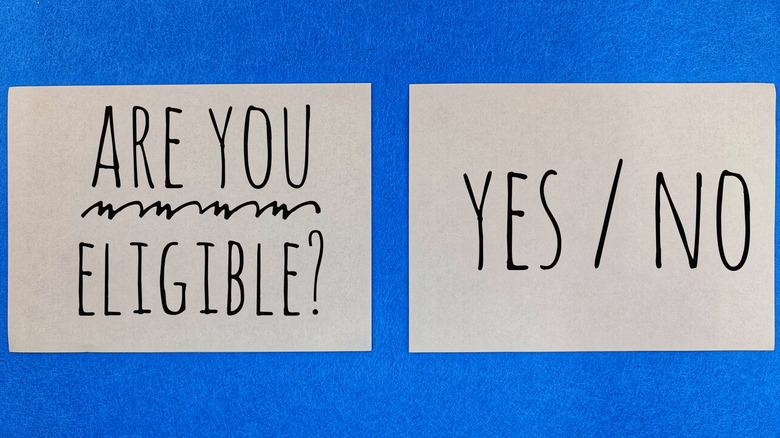The Tax Refund That Can Make Some People $8,000 Richer
Many Americans go through tax season without knowing some of the benefits that can make their life easier. From the legal ways to avoid paying taxes to the income that won't affect your Social Security payments, there can be a lot to know. One benefit in particular is known as the Earned Income Tax Credit (EITC) and it a tool available for low-to-moderate income workers and families. The EITC is designed to reduce tax liability and increase refunds for households earning below specific income thresholds. For example, the maximum 2024 EITC credit is $7,830 for a single filer with three or more children with an adjusted gross income (AGI) of $59,899 or less. This adjusts yearly for inflation and is refundable, meaning if it reduces your tax bill below zero, the IRS will issue the remaining amount back to you.
To be eligible, you need earned income from work, whether through traditional employment, freelance work, or approved disability benefits. Note that getting benefits like Medicaid or SNAP does not stop you from qualifying for the EITC — it actually works alongside these programs to give you more support. Also, taxpayers without children are not excluded, although the income threshold to qualify for the EITC for those without children is significantly less. Those earning less than $18,591 (as a single filer) or $25,511 (if filing married, jointly) in 2024 can receive the EITC credit up to $632.
Qualifying criteria for EITC
To qualify for the EITC, you need to meet criteria based on income, filing status, and the eligibility of any dependents(who must meet age, relationship, residency, and joint return qualifications). The income limits change every year, and earning over these limits — even by a dollar — can mean you won't get the credit. You'll also need a valid Social Security number, and you must have lived in the U.S. for more than half the year. Those filing as "married filing separately" do not qualify.
It's also worth knowing that the income limit for the EITC increases with the number of qualifying children you have. For the upcoming 2025 tax year, the maximum income for a single filer with no children will be $18,591, whereas a single filer with three or more children faces an income cap of $59,899. Also, the maximum credit for 2025 will be $649 for childless filers, up to $8,046 for households with three or more children. Self-employed individuals and gig workers can still qualify depending on their net earnings, but investment income must stay below $11,950 annually.
How to claim the EITC
Claiming the EITC starts with gathering your proof of income and the Social Security numbers for all necessary household members. Documentation may be required for dependents, such as school records or medical forms, depending on the relationship to the dependent. Taxpayers must file Form 1040 and attach Schedule EIC if they have qualifying children. Even those who owe no tax should still submit a return in order to claim the credit. The IRS mandates strict verification for EITC claims, so errors or missing data can delay your refund or even trigger an IRS audit.
Due to the Protecting Americans From Tax Hikes (PATH Act), the IRS cannot issue refunds involving the EITC before mid-February of the tax season, even for early filers. This law helps combat fraud but means EITC recipients can end up waiting longer than other taxpayers. In 2025, the IRS stated that most EITC-related refunds would arrive by March 3 for filers who chose direct deposit, and had no issues with their returns. On the other hand, paper filers typically wait 6 to 8 weeks, making e-filing through IRS Free File or any other certified tax software a faster option. Also, if you realize that you missed claiming the EITC in prior years, you can file amended returns up to three years retroactively.


